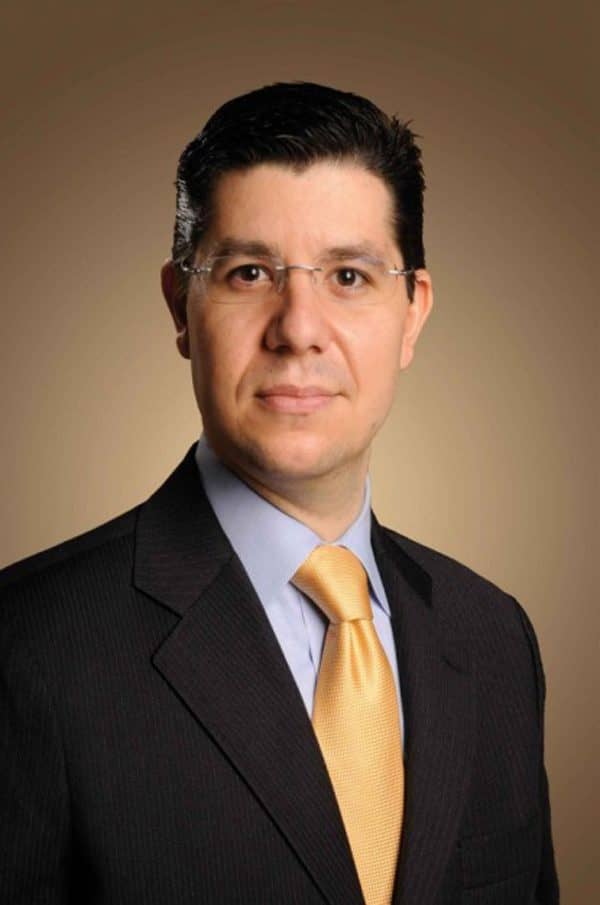University Hospitals Cleveland Medical Center and UH Rainbow Babies and Children’s Hospital are participating in a Cochlear Americas’-sponsored clinical trial for an implantable hearing device in children 5 to 11 years of age who have been born with hearing loss that may be caused by craniofacial abnormalities. An article detailing the research appears on the University Hospitals website.
These kinds of abnormalities can cause children to be born without a fully formed external ear or with an underdeveloped ear canal. In both cases, the malformations can prevent sound from going through the outer and middle ear, causing hearing loss.
Surgeons can implant bone conduction hearing devices that conduct sound through the bone and deliver it directly to the inner ear. While the device being studied is currently FDA cleared for children 12 and older, it is not cleared for children from 5 to 11 years of age.
“Children born with this hearing loss need to be treated at a younger age than 12 years old for their cognitive development,” said Alejandro Rivas, MD, director, cochlear implant program at the UH Ear, Nose and Throat Institute. “In this study, we seek to confirm the effectiveness and safety of this device for children in the 5-to-11-year-old age group.”
Dr Rivas said UH Rainbow was the first site in the nation to kick off the trial at the beginning of February. “We expect to enroll five to 10 patients this year at UH,” he said.
Dr Rivas is also the Division Chief, Otology and Neurotology, and the Richard W. and Patricia R. Pogue Chair in Auditory Surgery and Hearing Sciences at UH, and Professor of Otolaryngology-Head & Neck Surgery and Neurological Surgery at Case Western Reserve University School of Medicine.
There will be eight sites participating across the country and the study will enroll 50 patients in total. The enrollment phase of the trial will run for six to 12 months, and each patient will participate for one year. The new study uses the Cochlear Osia System developed by the global company Cochlear Limited with its US office based in Colorado. The Osia System has two parts, an internal piece that is implanted and an external sound processor that captures the sound environment.
The Osia implant is placed under the skin and works by bypassing damaged areas of the outer and middle ear and sending sound directly to the inner ear. The implant is attached to a titanium implant which integrates with the bone (through a natural process known as osseointegration). The implant also uses a piezoelectric actuator, which sends sound vibrations through the bone directly to the inner ear.
Dr Rivas said, “UH and UH Rainbow have been pioneers on multidisciplinary care for children born with craniofacial anomalies. We run the most comprehensive multidisciplinary craniofacial clinic in Ohio, and, as such, our pediatric patients with hearing loss will greatly benefit from this technology.”
For more information about the clinical study, please see: www.clinicaltrials.gov.
For more information on the Osia System, please visit: Cochlear.us/Osia.
A video showing how the Osia System works can be found here: https://youtu.be/TiBZci2B_lY.
Source: University Hospitals
Image: University Hospitals






